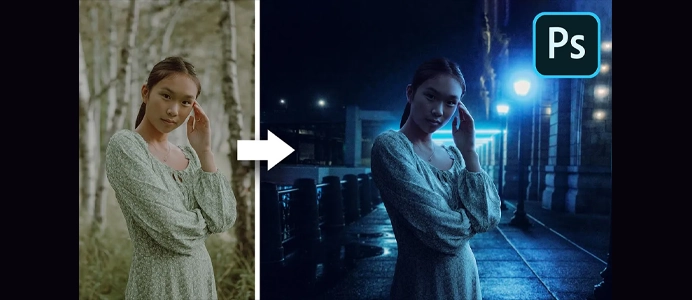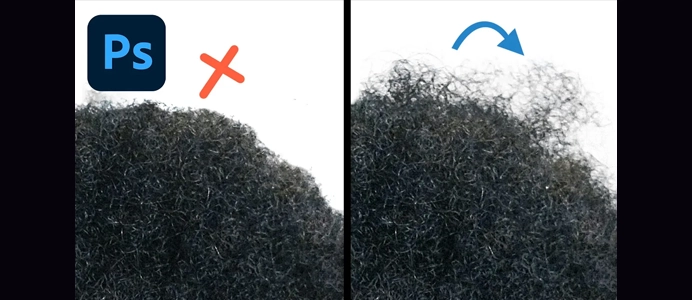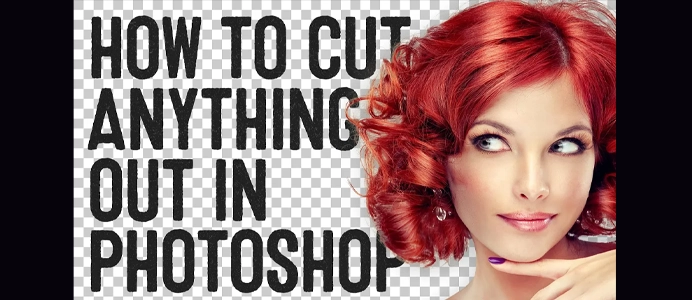How to Paint Light in Photoshop – SECRET Blend Mode
Painting light in Photoshop involves using various tools and techniques to simulate the interaction of light with objects in your digital artwork. Here’s a step-by-step guide:
Step 1: Open Your Image
- Open the image you want to work on or create a new canvas.
Step 2: Choose Your Light Source
- Decide the direction and intensity of your light source. This will determine where the highlights and shadows will be in your scene.
Step 3: Select the Brush Tool (B)
- Choose a soft brush with low hardness for a more realistic light effect.
Step 4: Set Brush Color
- Set the foreground color to the color of the light you want to paint (e.g., warm yellow for sunlight).
Step 5: Paint Highlights
- Identify areas where the light would hit the objects in your scene. Paint those areas with the soft brush to create highlights.
Step 6: Adjust Opacity
- Adjust the opacity of your brush for subtle and gradual light transitions. You can vary the opacity depending on the intensity of the light.
Step 7: Paint Shadows
- Switch your foreground color to a darker shade, and paint the areas where shadows would fall. This creates contrast and depth.
Step 8: Blend and Soften
- Use a soft eraser or a blending tool to soften the edges of the painted light and shadows, making them more natural.
Step 9: Create Color Variation
- Introduce color variation in your light by adding subtle hints of other colors. For example, a warm light source might cast cool shadows.
Step 10: Add Ambient Light
- Paint areas where ambient light would bounce off surfaces, affecting nearby objects with a subtle glow.
Step 11: Use Layer Blend Modes
- Experiment with layer blend modes for your painted light layers. Modes like “Overlay” or “Soft Light” can enhance the realism.
Step 12: Fine-Tune with Adjustment Layers
- Use adjustment layers (e.g., Levels, Curves, Color Balance) to fine-tune the overall lighting in your scene.
Step 13: Consider Light Effects
- Add special light effects, such as lens flares or glowing elements, if they fit your artistic vision.
Tips:
- Observe Real Lighting:
- Study reference images or real-world scenes to understand how light interacts with different surfaces.
- Think About Light Quality:
- Consider whether the light source is soft or harsh, and adjust your brush and techniques accordingly.
- Experiment with Brush Opacity:
- Varying the opacity of your brush strokes helps create a more nuanced and realistic effect.
- Consider Light Bounce:
- Light doesn’t just illuminate directly; it also bounces off surfaces, affecting nearby areas.
- Use Layer Masks:
- If needed, use layer masks to control where the light is applied more precisely.
By combining these techniques and adjusting settings based on your specific scene, you can effectively paint light in Photoshop to enhance the atmosphere and realism of your digital artwork.












